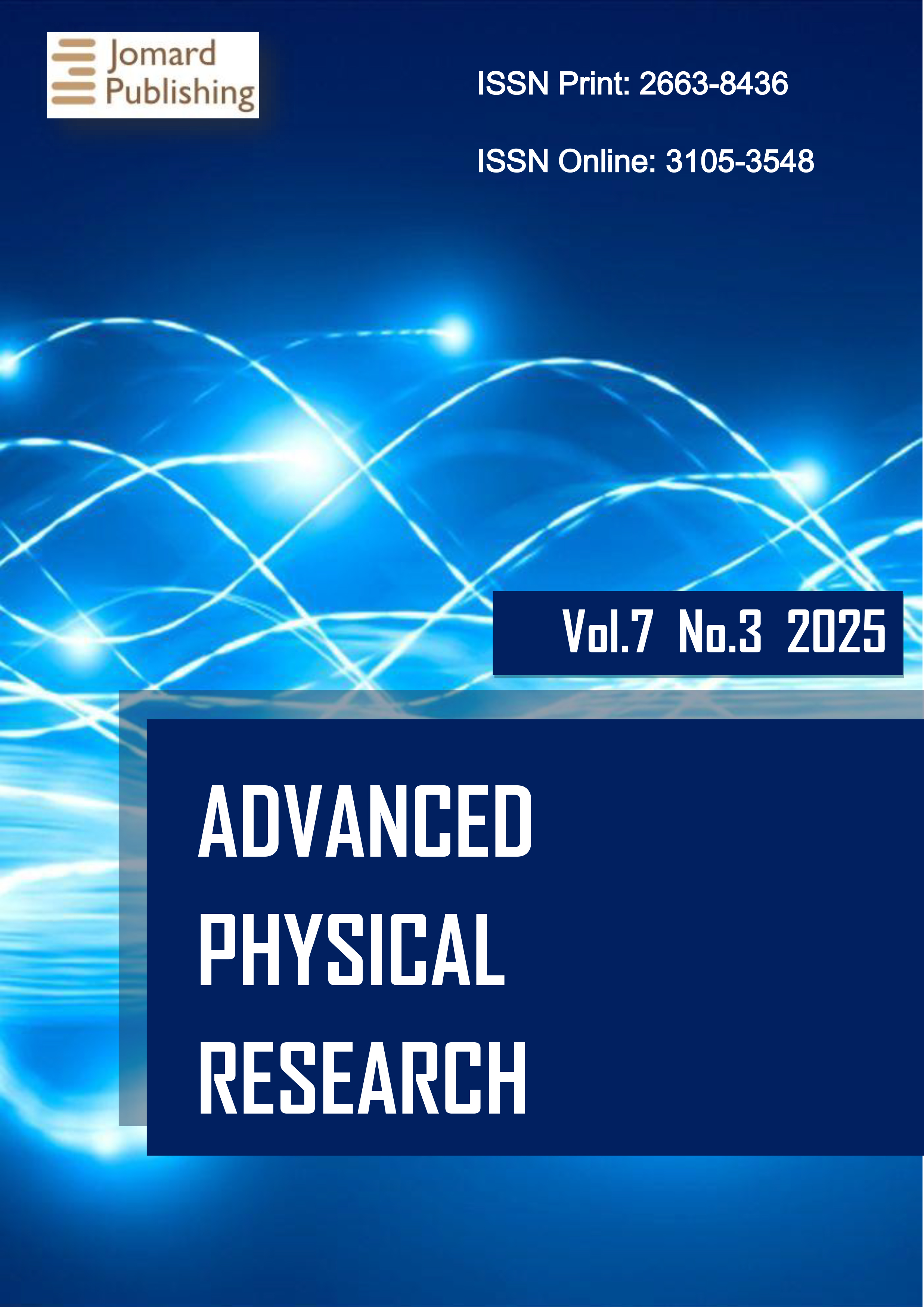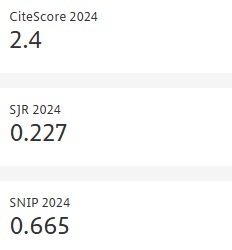Correlating Ni Microstructure with Schottky Barrier Homogeneity in Monolayer MoS2 Field-Effect Transistors
- Published: 16-10-2025
Share
The performance of electronic devices based on two-dimensional (2D) transition metal dichalcogenides is critically limited by the contact resistance at the metal-semiconductor interface. While the Schottky barrier height (SBH) is a key parameter, its spatial inhomogeneity, often governed by the metal's microstructure, remains a significant yet underexplored challenge. This work presents a systematic investigation directly correlating the microstructure of nickel (Ni) contacts with the electrical homogeneity and performance of monolayer MoS2 field-effect transistors (FETs). By engineering Ni contacts with distinct microstructures-varying in grain size and crystallographic orientation through controlled deposition and annealing-we demonstrate that contacts with larger, (111)-textured grains achieve a superior interface. Through nanoscale structural characterization and detailed electrical analysis, we show that this optimized microstructure reduces the standard deviation of the SBH distribution by over 50% compared to fine-grained, polycrystalline contacts. This enhanced homogeneity translates directly to a 40% reduction in median specific contact resistivity (to ~2.8 kΩ•µm) and a twofold increase in the ON-state current. Our findings establish nanoscale control of metal microstructure as a fundamental strategy for achieving high-performance and reliable 2D electronic devices.
- View 287
- Downloads 34
- Saveds 0
- Citations (Crossref) 0


